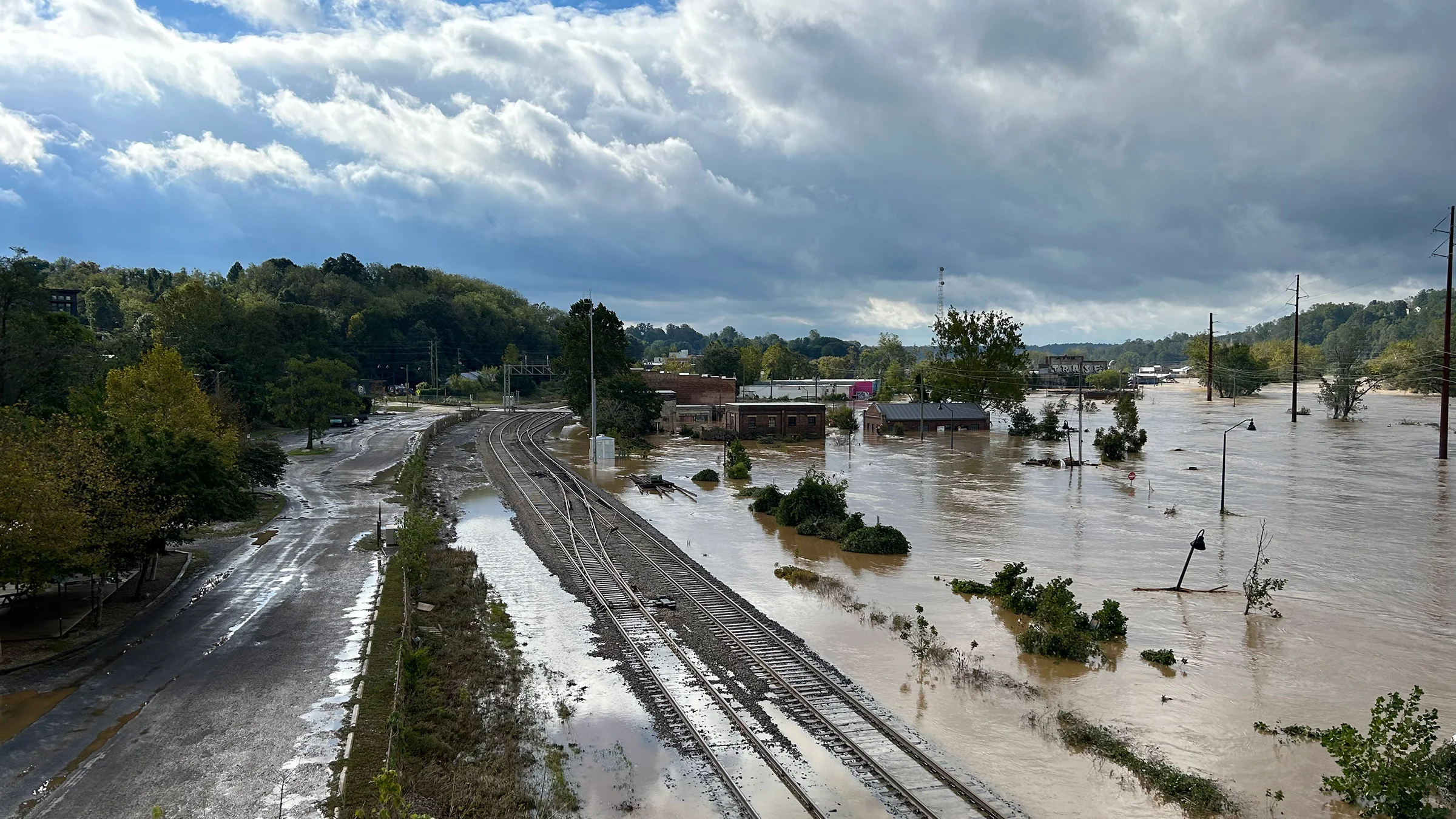Flooding is a formidable force that can upend lives and communities in moments, leaving a lasting impact that requires a concerted effort for recovery. As waters recede, the daunting task of rebuilding begins, encompassing not only physical infrastructure but also the emotional and environmental landscapes of affected areas. Navigating life post-flooding involves a multifaceted approach, addressing immediate needs and laying the groundwork for long-term resilience.
Immediate Response and Infrastructure Rebuilding
The first step in post-flood recovery is ensuring the safety and basic needs of the community. This involves restoring access to clean water, food, and shelter. Emergency services play a crucial role in the initial response, but as the immediate crisis passes, the focus shifts to rebuilding infrastructure. Roads, bridges, and public utilities often suffer significant damage during floods, and their restoration is vital for the community’s return to normalcy.
Collaborative efforts between government agencies, non-profits, and local communities are essential in this phase. Planning for infrastructure rebuilding requires a strategic approach, integrating flood-resistant designs to mitigate future risks. Investments in resilient infrastructure not only help in immediate recovery but also in fostering long-term sustainability.
Mental Health Support: Healing the Invisible Wounds
While physical rebuilding is visible, the emotional and psychological impacts of flooding can be less apparent but equally critical. Natural disasters can leave deep emotional scars, leading to stress, anxiety, and depression among survivors. Providing mental health support is a crucial component of the recovery process.
Community centers and counseling services play an important role in offering support and resources for those affected. Group therapy sessions, workshops, and individual counseling can help individuals process their experiences and begin the healing journey. Integrating mental health support into recovery plans ensures that communities are not only rebuilt physically but also emotionally.
Environmental Restoration: A Path to Resilience
Flooding often disrupts local ecosystems, washing away vegetation, eroding soil, and impacting wildlife habitats. Environmental restoration is a key aspect of recovery, aiming to restore and preserve natural landscapes. Replanting native vegetation helps stabilize soil and reduce erosion, while also restoring habitats for local wildlife.
Moreover, environmental restoration efforts can enhance a community’s resilience against future floods. By implementing natural flood defenses such as wetlands and green spaces, communities can reduce the impact of future flooding events. Sustainable land management practices and environmental education further empower communities to protect and preserve their natural surroundings.
Community Engagement and Resilience Building
Successful recovery efforts are rooted in community engagement. Involving local residents in decision-making processes fosters a sense of ownership and empowerment. Community-driven initiatives, such as neighborhood clean-up events and rebuilding projects, can strengthen social bonds and enhance collective resilience.
Education and awareness campaigns also play a vital role in building resilience. By informing residents about flood risks and preparedness measures, communities can better anticipate and respond to future disasters. Workshops, training sessions, and informational materials equip individuals with the knowledge and skills needed to protect themselves and their properties.
In Orem, UT, water damage cleanup is just one of the many challenges faced by residents after severe flooding. However, through collaborative efforts and resilience-building initiatives, the community has been able to bounce back stronger and more prepared for future events.
A Hopeful Outlook on Recovery Efforts
The road to recovery after flooding is undoubtedly challenging, but it also presents an opportunity for growth and transformation. Communities can emerge stronger and more resilient by adopting a comprehensive approach that addresses immediate needs, emotional well-being, and environmental sustainability.
While the journey may be long, the collaborative spirit and determination of affected communities, combined with support from government and non-profit organizations, pave the way for a hopeful future. By learning from past experiences and investing in resilient infrastructure and ecosystems, communities can better withstand the challenges posed by future floods.
In conclusion, the path to recovery post-flooding is not just about rebuilding what was lost but about creating a foundation for a safer, more sustainable future. With the right strategies and a united effort, communities can navigate the complexities of life after flooding and emerge stronger on the other side.




